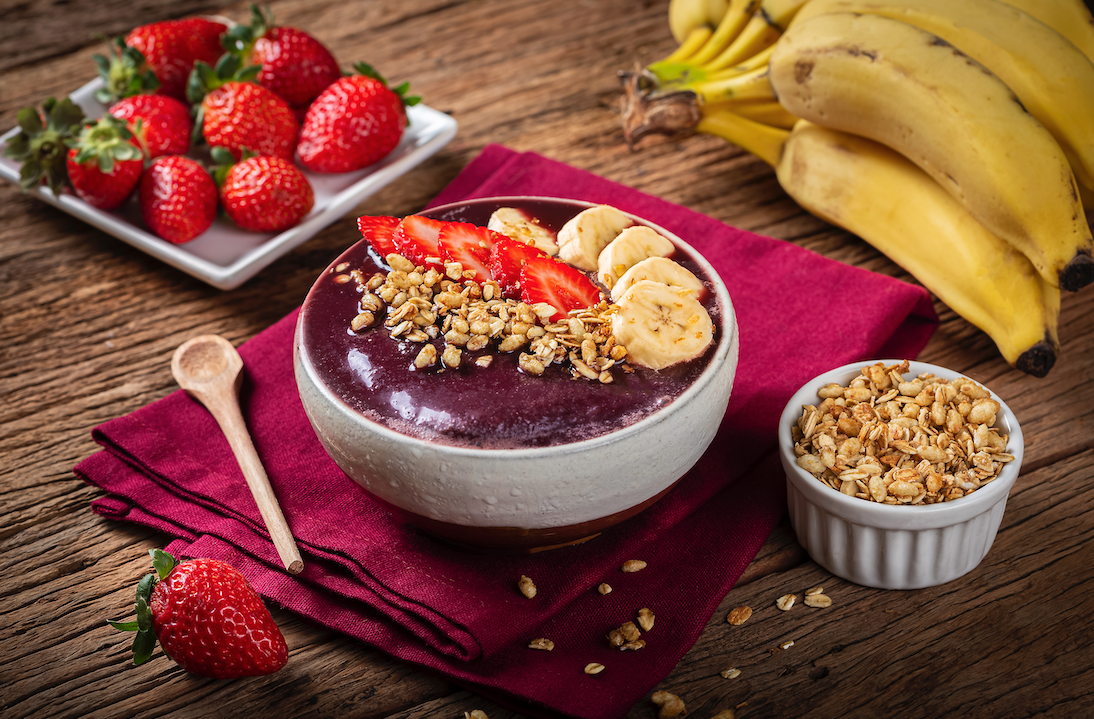
Butterbur
A popular home remedy proven to treat migraines and can help with allergies. Native to Europe, has long history of usage in traditional medicine.
Usage
Reportedly, it gives the best results in combination with wild chestnuts or calendula. It has been also promoted as a dietary supplement for treating urinary tract symptoms.
Migraines
It is considered one of the best herbal remedies for migraines, and in this case, the plant is taken preventively.
Allergis & Asthma
Some studies suggest it can help with allergic rhinitis, seasonal allergies and asthma.
Emotional Distress
It might improve symptoms of anxiety and depression in people with somatoform disorders.

How to add butterbur to your diet?
Make a Tea
Add a butterbur powder or butterbur extract to hot water to make tea.
As a Supplement
Available in liquid extracts, capsules, and powders.
In the Middle Ages butterbur was used to treat plague and fever.
The Latin name for butterbur is Petasites hybridus, and it originates from Central Europe.
It was a popular remedy in traditional Austrian and Czech medicine.
In 17th century butterbur was used to treat cough, asthma, and skin wounds.
Ancient Herbal Therapy
According to traditional medicine, butterbur is an excellent tea for the treatment of asthma, bronchitis, coughs, and inflammation of the respiratory organs and is warmly recommended to everyone who suffers from allergic rhinitis.
About
The Latin name for butterbur is Petasites hybridus, and it originates from Central Europe, stretching from the British Isles to the Caucasus, and from southern Italy north to southern Scandinavia.
It is present as a naturalized species in North America. In the British Isles, female plants can rarely be found outside central and northern England, and species can be naturalized as clonal populations outside this area. Preferred habitats are moist, fertile soils, often along rivers, streams, and wet meadows.
Leaves are used in traditional Austrian and Czech medicine orally (as tea or cold maceration in ethanol) and through the skin (as compresses or maceration in vinegar) to treat infections, fevers, flu, colds, hay fever, and allergies.
Composition
Butterbur is believed to contain the sesquiterpene esters petasin, isopetasin, and neopetasin, which can help alleviate migraine symptoms. Petasin can inhibit inflammatory function and therefore be an important step in the adaptive immune response system.
Preparations may contain alkaloids with carcinogenic and mutagenic potential; commercial products typically are certified as pyrrolizidine free. However, levels of active petasins, as well as toxic alkaloids, have been found to be highly variable and incongruent with their labeling. Possible hepatotoxicity has been reported.
Science
Clinical trials have been conducted on different butterbur products available over-the-counter to evaluate their efficacy in the treatment of allergic rhinitis. The results were inconclusive, as 3 of the larger trials were sponsored by manufacturers of butterbur supplements.
When it comes to migraine relief, information is lacking; however, the widespread use of butterbur for the prevention of migraine and the availability of clinical trial data make animal studies largely irrelevant.
Safety
Butterbur extracts contain hepatotoxic pyrrolizidine alkaloids. These alkaloids have also been shown to cause cancer in animals. Because of the possible hepatotoxic effects, these extracts are not recommended during pregnancy or breastfeeding.
The side effects of butterbur reported in clinical trials include the prevalence of gastrointestinal problems, such as nausea and bloating. Long-term health effects and interaction of butterbur with other drugs have not been well documented.
Fun Facts
It’s common name comes from its large, heart-shaped leaves that were used to wrap freshly made butter in the past.
Sources
Malone, M., & Tsai, G. (2018). The evidence for herbal and botanical remedies. Journal of Family Practice, 67(1), 10-17
Kälin, P. (2003). The common butterbur (Petasites hybridus)--portrait of a medicinal herb. Forschende Komplementarmedizin und klassische Naturheilkunde= Research in complementary and natural classical medicine, 10, 41-44.



